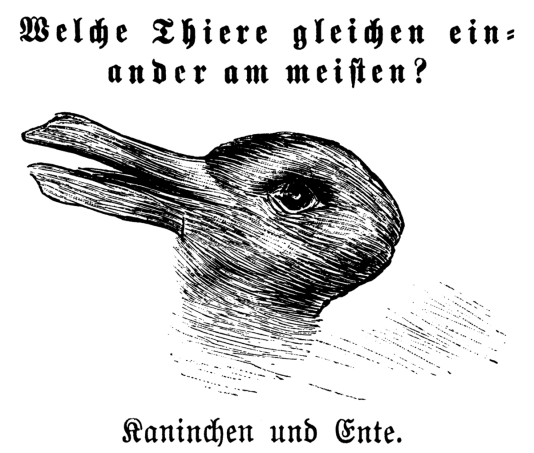
I am the world’s worst proofreader of my own work. That’s the bad news. The good news is that I am not alone. Almost everyone has difficulty reading their own work for errors. Mark Twain apparently said in a letter to Walter Bessant:
You think you are reading proof, whereas you are merely reading your own mind; your statement of the thing is full of holes & vacancies but you don’t know it, because you are filling them from your mind as you go along. Sometimes, no matter how carefully we examine a text, it seems there’s always one more little blunder waiting to be discovered (1898).
Not just me/us then.
Yet when we read other people’s work, the errors just leap off the page and we can’t ignore them. How come we can see their mistakes, and not ours?
There is an explanation for our inability to see what we have written. Psychologists call this perceptual set. That’s a tendency to notice some things and not others. We take in some sensory data and screen out the rest. We are literally ‘set’ to see/hear things in a particular way.
There are two kinds of perceptual set errors:
- selector error. This is when we already have expectations about what we are about to see/hear and this expectation focuses our attention – we see/hear what we are anticipating. So this is a case of I read what I know I meant to write.
- interpreter error. This is when we take pre-existing understandings of data – categories, inferences, meanings – and apply them to the data we are presented with. So this is a case of This means what I think it means.
Now, perception is a complicated thing and all kinds of factors are said to be involved. Some, for instance, are cultural and some are simply to do with the way that we feel at the time.
Psychologists have had all kinds of fun experimenting with perceptual set – we are more likely to interpret ambiguous pictures as animals if we have been shown animal pictures beforehand. If we are hungry everything reminds us of food … well, you get the picture.
The major point for us as writers is that our perceptual set means that we can just fail to notice printing or writing errors because we expect to see particular words in a particular order, spelled in a particular way. And we see what we think is there. Just as Twain said.
And the implication of perceptual set is that we need to do something to break through our expectations. We need to jolt ourselves out of our mindset to become open to seeing the unexpected.
In proofreading there are some key ways to do the jolt – but they don’t all work for everyone every time.
Here are seven suggestions to try out:
- Take a break. Step away from the manuscript and wait for a couple of weeks and come back again. Time does give you some distance on what you’ve done.
- Get some algorithmic help. Spellcheck and Grammarly can do some of the work for you – if not all.
- Change the medium and appearance. Print out the manuscript rather than look at it on the screen. Use a different font and a different colour ink or paper.
- Change order. Read the manuscript backwards or in random order.
- Use another sense. Swap from eyes to ears. Read the manuscript aloud to yourself – or get the computer to read it out to you.
- Look for one problem at a time. Check your known writing tics, search for consistency in the ways you have used pronouns – we, you, I. Look at sentence structure (too long, same length, repetitious beginnings, etc). Then word repetition and next word choice. Then look for spelling and punctuation issues. And finally, check the referencing.
Or
- Set up a proofreading deal with a friend. Read each other’s work simply for typos, spellos and grammar (my preferred option!).
But you need to do something. You can’t assume you’ll see the mistakes in your own writing. These seven tactics are a beginning repertoire to deal with perceptual (mind) set.
PS: And yes long-time patter readers, I’ve written about this before. But it was a long-time ago – and a reminder probably doesn’t hurt.
No comments:
Post a Comment